Gowns By Adrian
Beautiful women draped in white satin glide down a stage platform. The sweet melody, You stepped out of a dream, accompanies them. Hedy Lamarr’s face appears last amongst the queue. Her raven hair is a sharp contrast to her silver-starred headdress and white gown. And have you all to myself, the music continues. She floats toward the stairs. Her outstretched arms display long, sheer sleeves adorned with silver stars. Each step is a step closer to heaven, where she belongs in her celestial garb. Upon reaching the top of the stairs, the music swells, safe in my heart. Lamarr stands perfectly still, her gown visible in all its glory. This gown will be replicated and revered forever after, as will the designer. A gown by Adrian.
Adrian Greenburg entered the world on March 3, 1903, in Naugatuck, Connecticut. He was born into a world of beauty and artistry. His fashionable parents owned a millinery shop where they designed stylish turn-of-the-century hats. Fabrics, ribbons, tinsel, tulle, and veils surrounded his early life, moulding his young mind for a future in design.
As early as three, Adrian always carried a pencil and paper in hand. His earliest drawings depicted circus scenes, eventually moving onto knights and dragons, before settling on darker imagery inspired by Edgar Allen Poe. His preference for dramatic flourish and detailed designs were indicators of the work he’d gravitate toward as a professional artist. At eighteen, he started attending the School of Fine Art and Applied Art. Although his time at the New York locale would be short-lived, he convinced his parents to allow him to transfer to the Paris branch. Paris in the 1920s was a mecca for artists of all kinds. Hemingway, F. Scott Fitzgerald, Pablo Picasso, Matisse, and Josephine Baker were among a few artists thriving in Parisian society. What better place for Adrian to cultivate his craft.
In Paris, Adrian discovered and fell in love with costume designing. Adrian disliked attending classes and found his real education while interning at the Gloucester Playhouse as a costume and set designer. He dropped his last name and started signing his art as simply Adrian. During his time at Gloucester Playhouse, Adrian’s work came to the attention of famous composer Irving Berlin. Berlin asked to meet with Adrian, and upon viewing his portfolio, offered him a job designing the costumes for his production of Music Box Review on Broadway. Only four months after arriving in Paris, Adrian packed his bags and headed for the lights of Broadway.
Leaving one artist’s haven for another, New York would introduce Adrian to the world of musical revues, with the Ziegfeld Follies reigning supreme. The sounds of Irving Berlin and Cole Porter filled the stages. W.C. Fields, Mae West, and Fred Astaire performed to cheering audiences. Yet again, Adrian found himself in a city full of talent. Here he would hone his talents in lavish stage costumes. Adrian was disappointed to learn he’d only be designing a few costumes for Music Box Review. Desiring to make connections and find more work, Adrian began showing off his portfolio. Yet again, fate intervened in his career when he met Natacha Rambova. Dancer and wife of film idol Rudolph Valentino, Rambova, loved Adrian’s innovative designs. She thought he’d be the perfect designer for Valentino’s next film Cobra. She offered Adrian the job.
Adrian’s career was moving at warp speed. At twenty-one, Adrian was travelling to Hollywood in the company of the world’s most famous heartthrob and his beautiful wife to design costumes for the growing Hollywood film industry. His quick career ascent, from Paris to Broadway to Hollywood, is a showbusiness dream. The premiere of Cobra would be the first time the credit “Costumes by Adrian” would appear on the screen. His success would only flourish from there.
Throughout the 1920s, Adrian solidified his place in Hollywood’s inner circle of artists. He was in popular demand by leading stars and directors alike, including mega-director Cecil B. Demille. In 1928, Demille moved his production to Metro Goldwyn Mayer. Operated by Louis B. Mayer, MGM was quickly becoming the most desired studio in Hollywood. Their publicity slogan, “More stars than there were in the heavens,” was accurate. The star roster included Clark Gable, Katharine Hepburn, Judy Garland, James Stewart, and Myrna Loy, among countless others. Mayer made Adrian the chief designer of MGM, where Adrian would lead the wardrobe department from 1928 until 1941.
His contract with MGM in effect, Adrian would begin work with two of the biggest stars of the time. Greta Grabo and Joan Crawford. During the years of the studio system, actors were not simply actors; they were stars. And they were manufactured. Actors presented a defined public image. One they maintained off the screen to maintain their persona. It was the job of the costume designer to create and maintain this look. Adrian was a leading factor in their star status, designing their clothes on and off-screen. Adrian worked with leading ladies Jean Harlow, Norma Shearer, Judy Garland, Hedy Lamarr, and Katharine Hepburn, yet his relationship with Garbo and Crawford would be his two most intimate and longest-lasting collaborators.
Adrian Dresses Garbo
Swedish-born Greta Garbo was the reigning actress of Hollywood’s silent film era. She rose to fame in Hollywood with Flesh and the Devil (1927). During her reign, she popularly portrayed fallen women or doomed romantics. Her star image was beautiful, glamorous, and mysterious. Unlike many of her silent counterparts, Garbo transitioned successfully to talkies making such hits as Grand Hotel (1932), Queen Christina (1933), and Camille (1936). In 1941, Garbo retired from films, and playing into her mysterious type, became known for her reclusiveness.
Adrian and Garbo first worked together on 1928’s A Woman of Affairs. Adrian found that Garbo’s unique beauty didn’t require much flourish, so he opted to dress her in simple, subtle designs, letting her beauty stand for itself. Before Garbo, actresses opted for short flapper styles and heavy stage makeup. After Garbo, actresses wore long gowns and went for a more natural beauty look. Garbo herself wasn’t a fan of fashion, so Adrian styled her to his and the studio’s liking off-screen. Photoplay editor, Adelia Bird, stated that Garbo “was not chic, yet she possessed a certain quality, a definite quality, that made her clothes very interesting, very exciting, and that made her every gesture worthy of imitation…a clever designer, Adrian…definitely played up to her personality, and gradually that elusive quality was catalogued. In fact, it was dubbed ‘glamour,’ and that word now is one of the most publicized words in the motion picture industry.” Adrian created glamour. Going into the 1930s, this would be his niche.
Adrian Dresses Crawford
Whereas Garbo was mysterious and foreign, Crawford’s star image was a relatable, American girl. Crawford started her career as a chorus girl before being discovered and signed by MGM. Her career skyrocketed with her role as a sweet flapper in Our Dancing Daughters (1928), and she maintained her star status, with highs and lows, for the remainder of her career. Crawford was most famous for playing working-class characters, ones trying to rise above their circumstances. An image ordinary American women could relate to, especially during the Great Depression. Adrian and Crawford began their working relationship in 1929 and would continue through 1943.
Adrian designed every costume she wore on-screen and the majority of her everyday wardrobe. Crawford understood the importance of Adrian for her image, saying, “I frankly don’t remember any fashion before Adrian”. Their most successful collaboration was in Letty Lynton (1932). During the penultimate moment, Robert Montgomery proposes marriage to Crawford. Adrian designed a dress fitting the romantic moment. Little did Adrian or Crawford know this would become an iconic gown.
The dress that stirred a nation was a long white organdy number with a ruffled peplum on the bodice. The waist is cinched with a covered band and fastened with a matching ruffled rosette. The hem of the dress has three ruffles, and the neckline has a peter pan collar. But the ruffles don’t stop there. The signature detail is the oversized ruffle sleeves. Macy’s sold a replica of the dress and claimed that they sold 500,000 copies. Designer, Edith Head, said the dress was “the single most important fashion influence in film history”. It became a popular wedding dress of the time, and you can still find its influence in modern wedding dresses.
The influence of the Letty Lynton gown demonstrates the importance Hollywood films had on public fashion. The height of Adrian’s film presence was the 1930s when Depression-era Americans clamoured to the theatres for escapism. Part of that escapism was the costumes they saw on screen. As the defining designer of his time, Adrian is known for many unique design characteristics, including dolman sleeves, stripes, and bows. Actress Luise Rainer once said, “Whenever Adrian has a problem with some part of a costume, he sticks a bow over it”. He also popularized the pyjama lounging outfit and predicted the popular rise of trousers at a time that pants were considered outlandish for women.
Adrian followed what he called a “one-note” philosophy for each of his designs. He explained, “Concentration on that one note emphasizes it and thus makes it interesting. When you start to concentrate upon more than one note, then you detract from the main idea and merely have conglomeration.” Adrian was a master of both simplicity, as seen on Garbo, and opulence, consider Zigfiled Girl (1941). While Adrian delved into all types of design, he’s remembered for his use or creation of the following.
Black & White
In 1938 Vogue stated, “Black and white combinations are so striking everywhere you wonder why we ever wore anything else.” Adrian loved the contrast between black and white. Playing with these two colours lend to dramatic designs, including from Madam Satan (1930) and Joan Crawford in a gown designed for Letty Lynton, but taken on the set of Grand Hotel.
Modern Sex Goddess
The original blonde bombshell, Jean Harlow, is credited with creating the modern sex goddess, but she couldn’t have achieved that status without Adrian dressing her for the part. With her platinum blonde hair, Adrian liked to dress her in complementary white. Adrian enjoyed playing with contradictions when dressing Harlow. White represents purity and innocence, yet her gowns were skin-tight, often on the verge of slipping off and exposing her.
The Adrian Look
Adrian’s most popular style contribution is the wide-shouldered look. Adrian favoured a V look where the shoulders are padded to appear broader, creating the illusion of narrower hips. Often called the “clothes-hanger-silhouette” the padded shoulders, cinched waist, and pencil skirt would be the defining look of the 1940s.
Sequins
Beading and sequins were a definitive look for gowns in the 1930s. One of Adrian’s most significant film contributions is The Wizard of Oz, where he used sequins for a magical effect. Creating costume designs for every character in a fantasy film was a challenge, but he left us with iconic looks, including Dorothy’s red slippers and Glinda’s pink ball gown and crown. In the book, the shoes were silver, but Adrian thought red sequins would provide an added element of magic.
In 1941, the same year Garbo left Hollywood, Adrian retired from his role at MGM. Crawford would leave MGM two years later. With America on the brink of WWII and the Hollywood studio system rapidly changing, Adrian saw the end of the glamour period he’d helped to establish. He announced the launch of his ready-to-wear collection Adrian Ltd. Adrian would design his successful collection until his death in 1952, at fifty-six. His rapid ascent to fame is the stuff of Hollywood dreams, and his collaboration with the biggest stars is legendary. Having designed costumes for over 250 credited films, Adrian left his imprint on old Hollywood films and influenced generations of designers with his unforgettable creations.


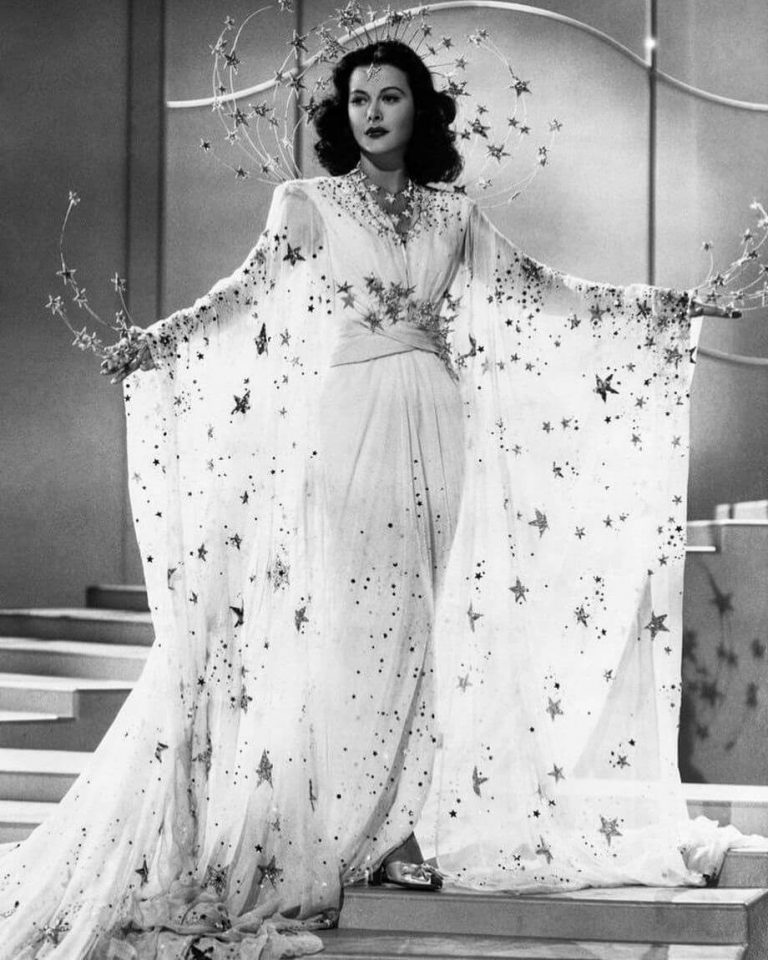
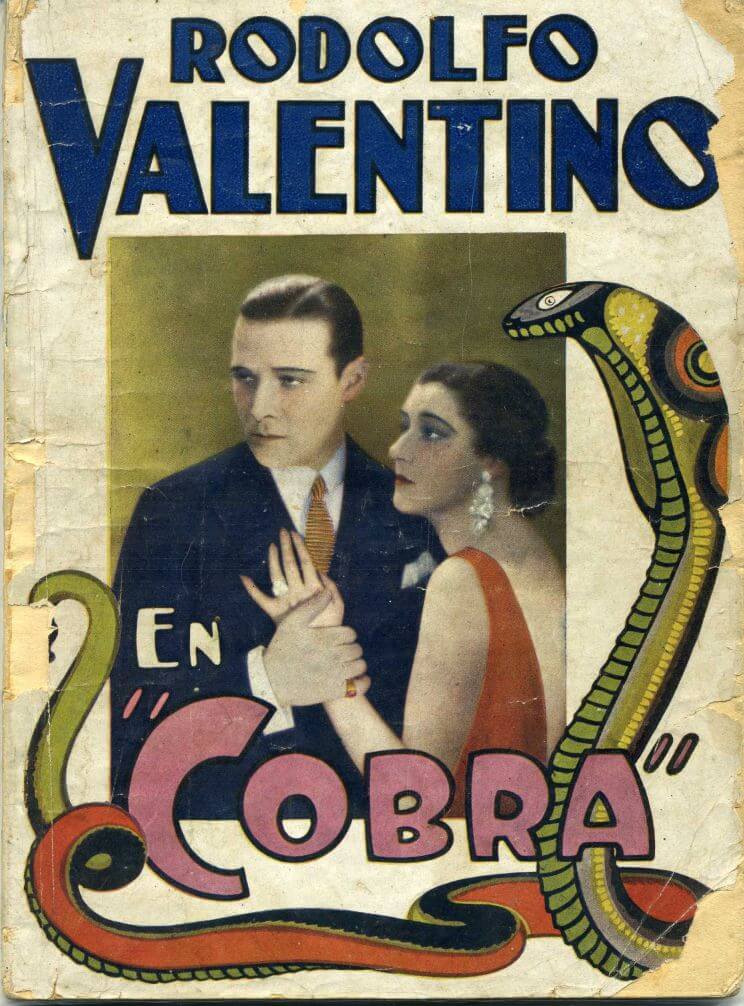
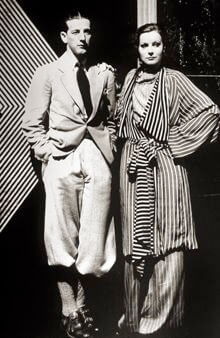
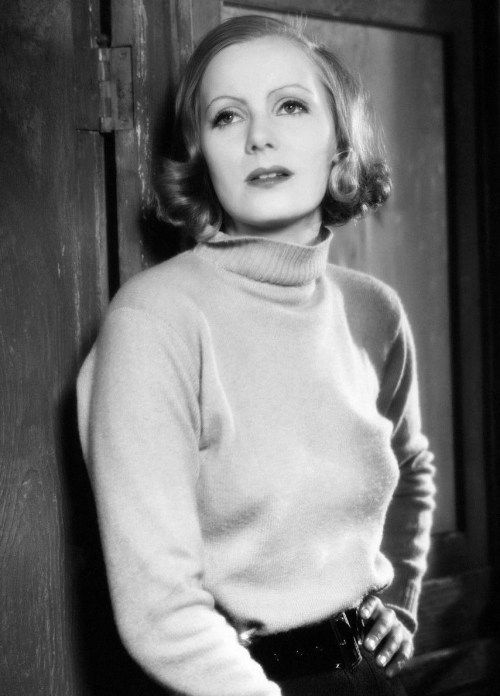
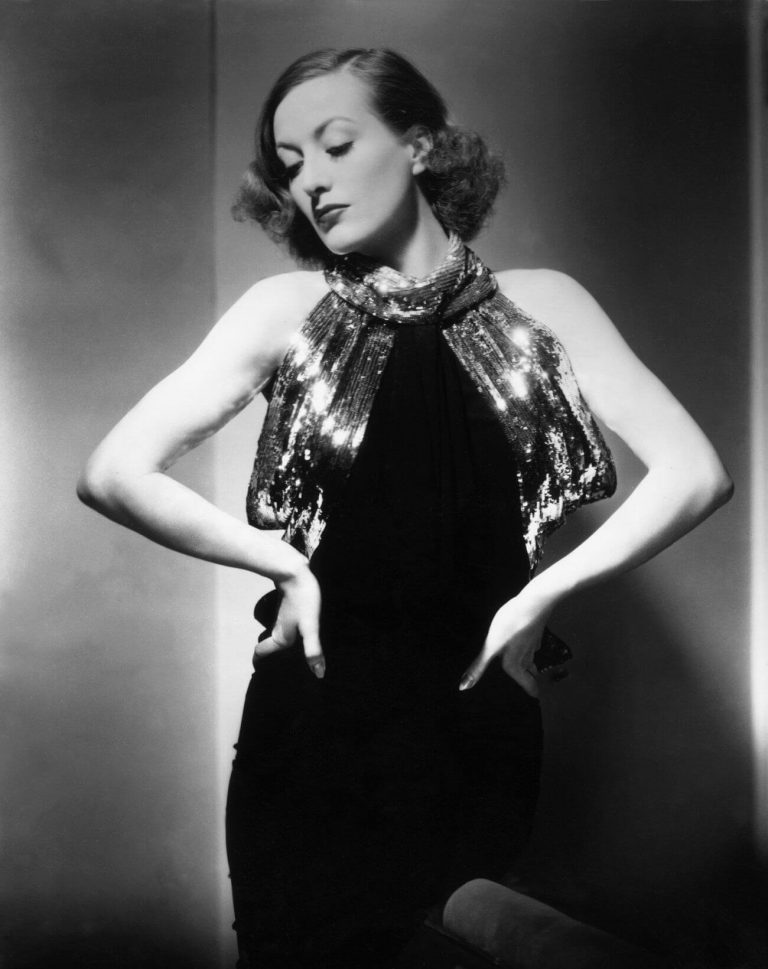
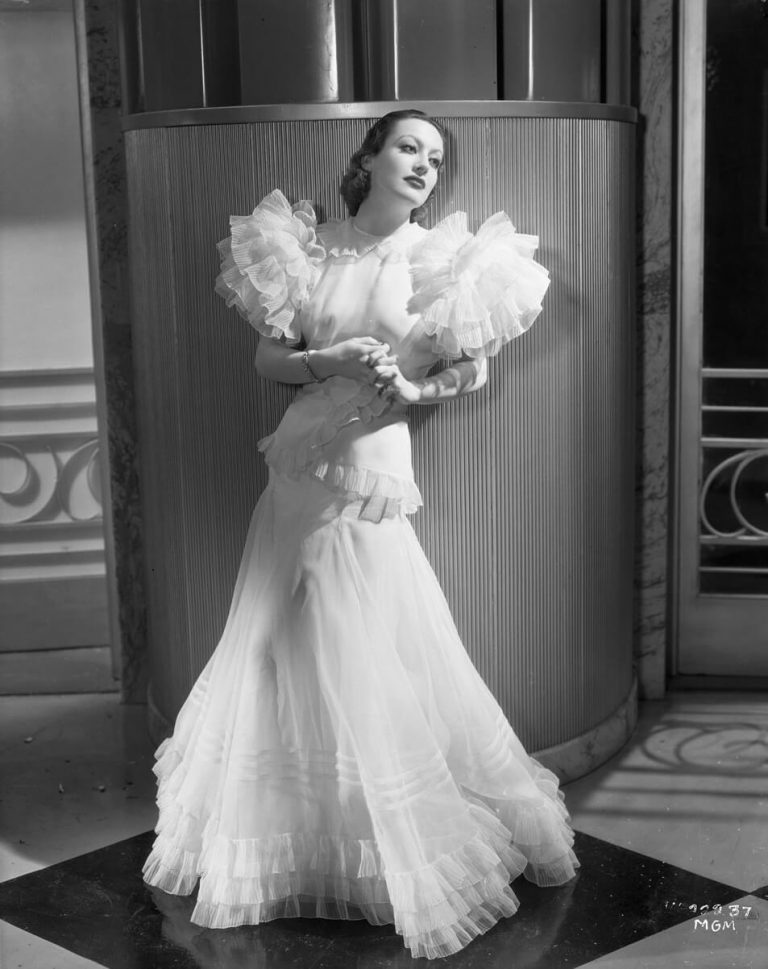
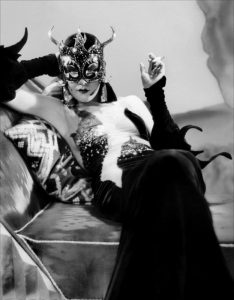
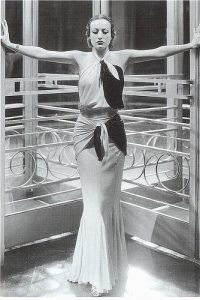
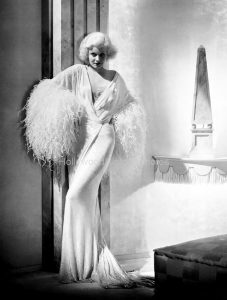
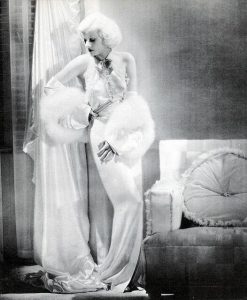

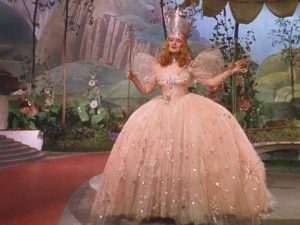
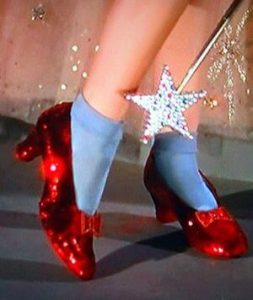

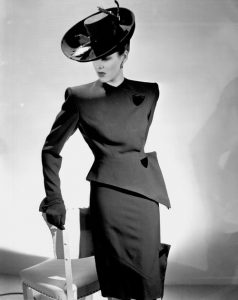
I loved this walk though Adrian’s career. While I knew him as a legendary Hollywood designer, I never had the chance to read this sort of overview before.
I have read and loved every single article from Erin Schend. Her spin on the old golden age of Hollywood along with the history of the fashion of the times is super intriguing and interesting. She’s a prolific writer and her own photo makes her appear to be one of those retro Hollywood types herself. Very enjoyable.